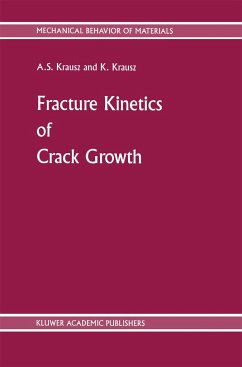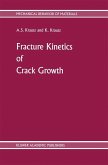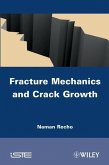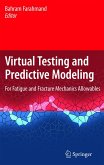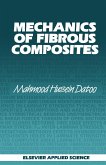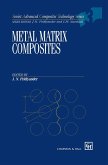Over the past few years, we have made numerous presentations, delivered several series of lectures, and participated in many discussions on the processes of time-dependent crack growth. We felt that the understanding of these processes had reached a degree of maturity: the basic physical principles were established and their application to engineering practice was now feasible. We concluded that the best way to organize this knowledge was to write it up in a single, coherent system. Martinus Nijhoff kindly encouraged us and generously offered their collaboration. Hence, this book. The physical process of time-dependent subcritical crack growth is rigorously defined by statistical mechanics. If well presented, the principles can be readily understood by practitioners of fracture research and design engineers. We present the physical processes of crack growth in terms of atomic interactions that assume only a working knowledge of the standard engineering materials course contents. From this, we develop a framework that is valid for any type of material, be it metallic, polymeric, ceramic, glass or mineral - indeed, any solid. We also assume an elementary exposure to fracture mechanics. An appendix is provided that outlines those aspects of fracture mechanics that are needed for an introduction to fracture kinetics analyses; it also provides a common ground for concepts and terminology (see Appendix A). We proceed through theory to applications that are of interest in research, development and design, as well as in test and operating engineering practice.
Hinweis: Dieser Artikel kann nur an eine deutsche Lieferadresse ausgeliefert werden.
Hinweis: Dieser Artikel kann nur an eine deutsche Lieferadresse ausgeliefert werden.
`... is a valuable addition to the literature on fracture kinetics of crack growth and is recommended to both researchers and practicing engineers.'
Applied Mechanics Review, 43:11, 1990
Applied Mechanics Review, 43:11, 1990
`... is a valuable addition to the literature on fracture kinetics of crack growth and is recommended to both researchers and practicing engineers.'
Applied Mechanics Review, 43:11, 1990
Applied Mechanics Review, 43:11, 1990

